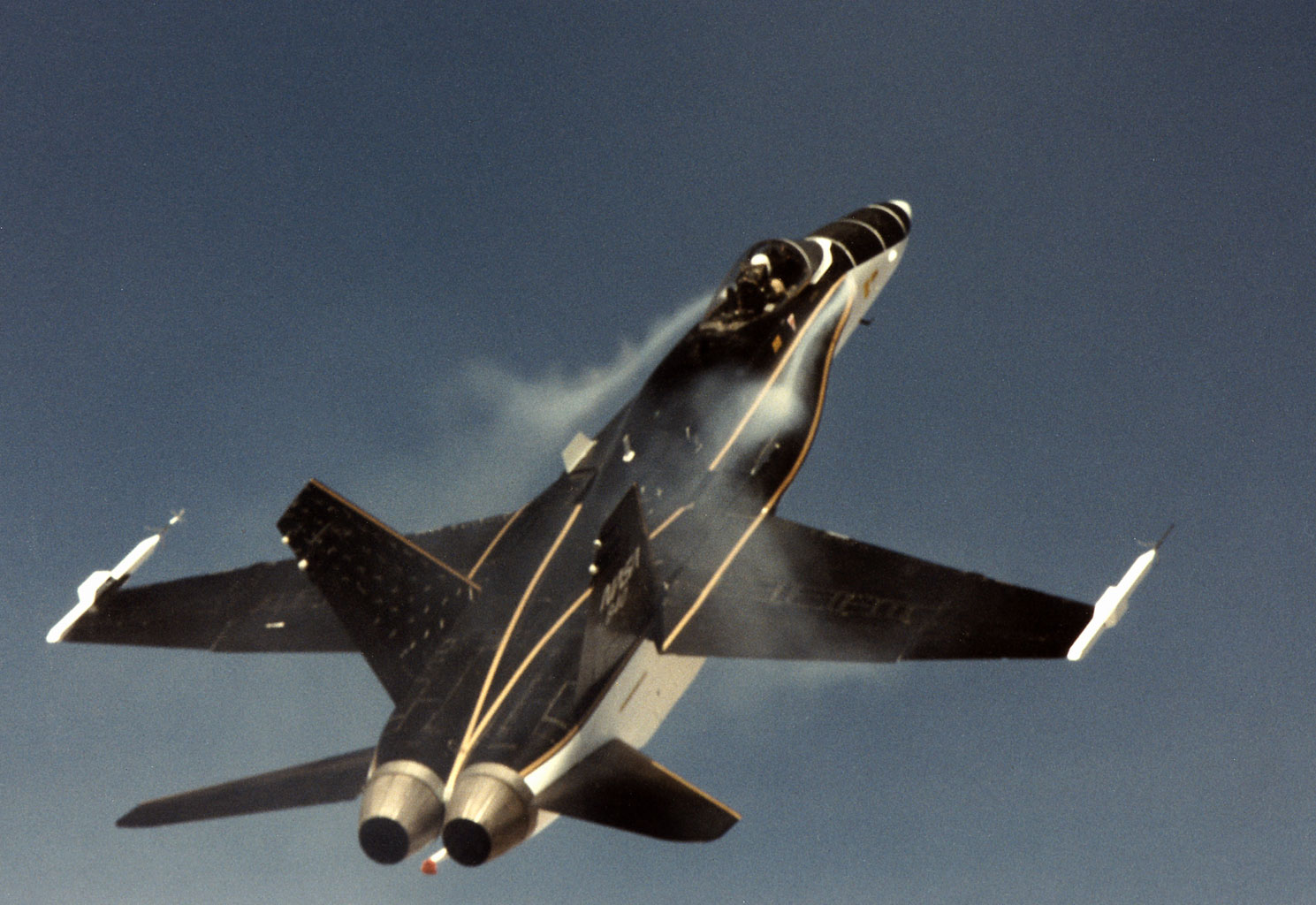I think you may have misunderstood me. When I said "The purpose of the design" I was referring to the DeltaWing, not a delta wing. I understand the reason for its use in aircraft, but obviously the DeltaWing is not super sonic, the purpose of its design is low drag.rjsa wrote:Sorry, wrong.gixxer_drew wrote:
The main purpose of the design is low drag and you can see it in use everywhere including F1 wishbones where for any given surface area you just have a lot less drag when the surface doesn't need to expand to full width right away like a squared plan view layout does.
F1 wishbones, also called A-Arms are not delta shaped, they are triangular because triangles provide for better load bearing, since it's members are always under tension/compression, never bending or tortion.
http://static-bc.blogcritics.org/wp-con ... 00x197.jpg
Low drag wings, like those of sail planes and low powered planes, are long and square.
Delta wings primary reson of use is supersonic flight, since said wings will not touch the sonic boom. Same goes for sweepback wings, like the used on modern airliners, which can cruise up to around mach 0.85.
Delta wings in fact produce a lot of induced drag due to their small aspect ratio.
As for the A arms I can tell you without any doubt that the design of A arms is changed significantly based on aerodynamic feedback and drag reduction, including but not limited to the forward tube angle in relation to the trailing being more of a "delta" shape. I cannot speak for every team/design though.


